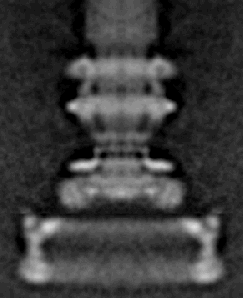In Defense of Frontloading
In a recent UD thread, several UD members have taken issue with the ID concept of frontloading. Frontloading is a question which certainly merits more discussion than it usually gets, and here I want to clear up a few things regarding frontloading that are usually missed.
I am a big fan of frontloading even though I don’t believe it is entirely true. The reason for this is that, first of all, I think that there are many theoretical systems which are good in a limited scope, but bad in a larger scope. However, it takes the people dedicated to fleshing out the widest scope of their theories in order for the rest of us to see where exactly the theory succeeds and fails, and what its limitations are. I take the approach to watch the frontloaders cook up their most grand of theories, and for myself to take the practical step of eating the meat and spitting out the bone. And, because I find value in their work, I am also willing to help them a little in the kitchen.
Read More ›

